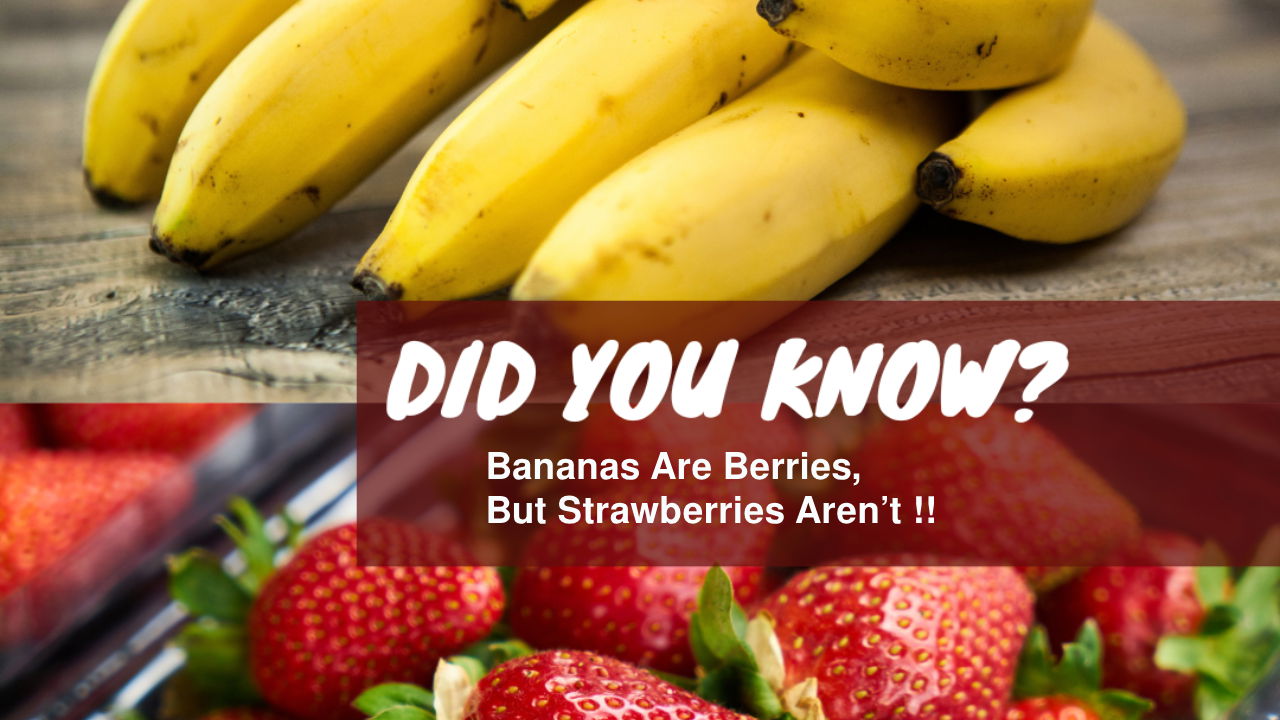
Fruits and berries are popular, nutritious choices found in almost every household. Whether enjoyed in a smoothie for breakfast, as a healthy snack, or during illness, they are a go-to option for many. But have you ever stopped to think about what truly sets fruits apart from berries? What defines one from the other? Let’s explore the key factors that differentiate these two delicious categories of produce.
Difference Between a Fruit and a Berry
In the world of plants, flowers play a crucial role in reproduction. Each flower contains both male and female structures: the female organ, made up of the stigma, style, and ovary, and the male organ, which includes pollen, anther, and stamen. The ovary, found at the base of the flower beneath the stigma and style, houses the ovules responsible for fertilization and seed development.
Once fertilization occurs, the ovary matures into a fruit, which aids in seed dispersal. Flowers may contain either a single ovary or multiple ovaries. Flowers with a single ovary produce berries, which are fleshy fruits that are typically soft, juicy, and contain multiple seeds. Examples include grapes, tomatoes, cucumbers, eggplants, and bananas. In contrast, flowers with multiple ovaries develop into aggregate fruits, such as strawberries, raspberries, and blackberries. These are botanically classified as pseudocarps or "false fruits."
Why Bananas Are Called Berries
Surprisingly, bananas are classified as berries in botanical terms. This classification is due to their growth pattern: bananas develop from a single ovary of a flower and share key characteristics with true berries, including a soft skin, juicy flesh, and small seeds. A berry is defined as a sweet, fleshy fruit that contains seeds and originates from a flowering plant. True berries also do not split or dry out as they mature, further aligning bananas with this definition.
Despite this botanical classification, many people overlook it because the term "berry" typically brings to mind smaller fruits like strawberries and raspberries. This confusion illustrates the gap between common language and formal botanical classifications, as many fruits were named long before the scientific community established systematic categorization.
Why Strawberries Are Not Berries
Contrary to popular belief, strawberries are not true berries; they are classified as "false fruits" or aggregate fruits. According to botanical definitions, a berry develops from the ovary of a single flower, with the outer layer ripening into edible flesh that usually contains two or more seeds. On the other hand, strawberries consist of numerous tiny individual fruits, each containing its own seed, embedded within a fleshy receptacle. This unique structure leads botanists to refer to strawberries as "pseudocarps."
Other fruits, such as raspberries and blackberries, also fall under the category of aggregate fruits, further highlighting the diversity within fruit classifications.
















